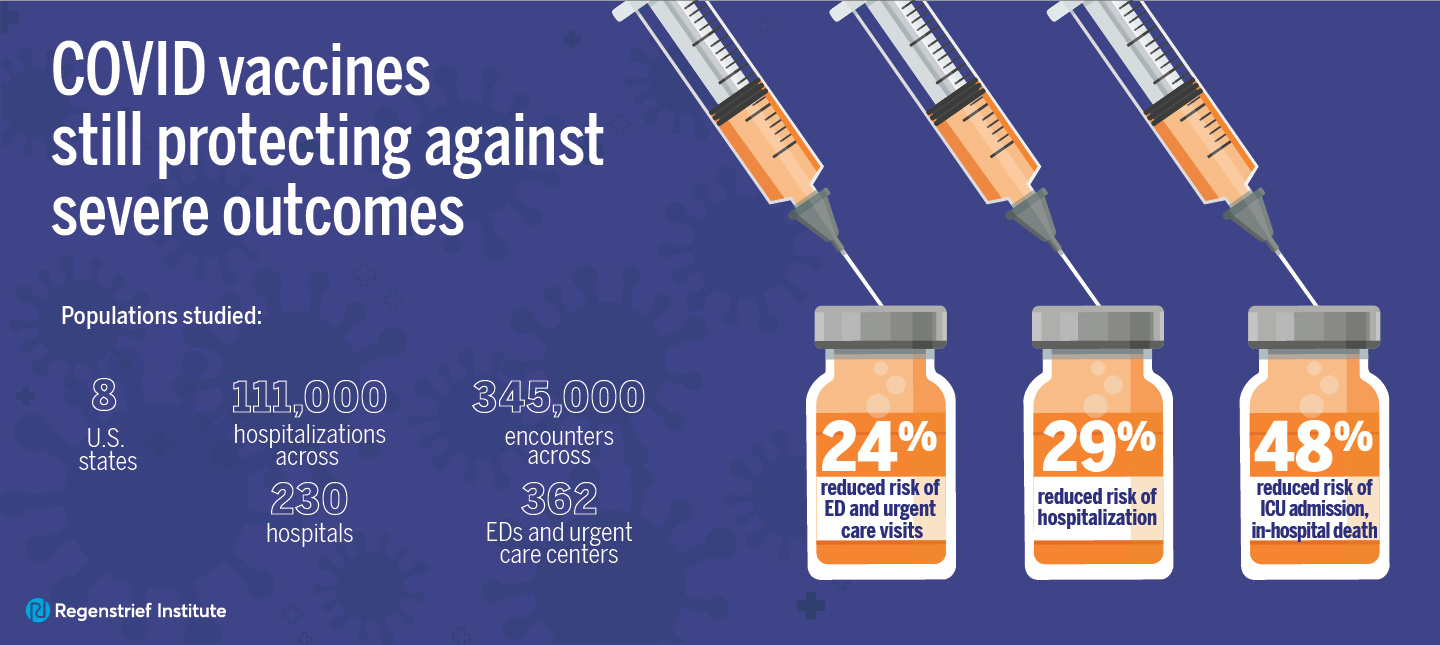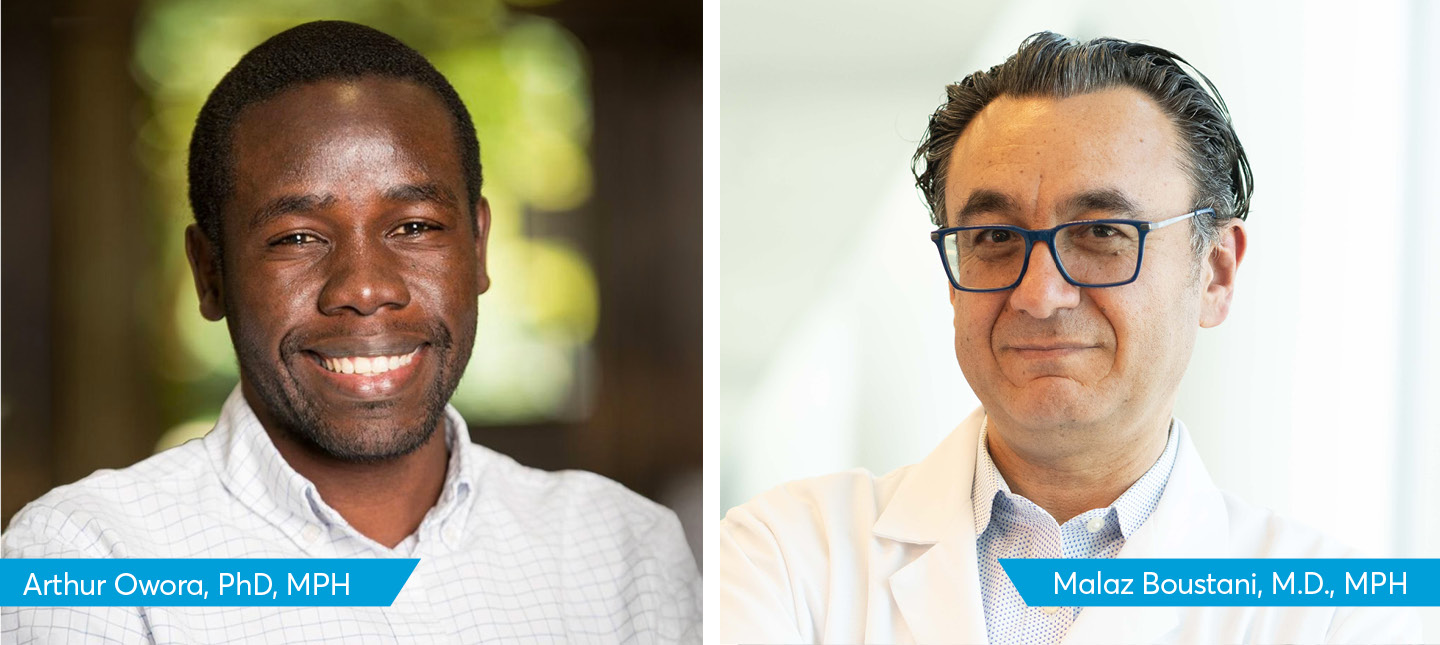Region, insurance status and other restorative dental treatments impact longevity of treated teeth
Teeth survive about 11 years after a root canal, according to new research from Regenstrief Institute and Indiana University School of Dentistry. The groundbreaking study is the first to analyze records from community dental practices, where most Americans receive dental care.
“The findings of this study give deeper insight into the longevity of dental procedures because it provides real-world data on a wider range of patients, not just those receiving care in large health systems or those who are insured,” said first author Thankam Thyvalikakath, DMD, MDS, PhD, director of the Regenstrief-IU School of Dentistry dental informatics program. “This information can be used to inform dental practice, and help patients and dentists make better care decisions.”
Root canals are an important treatment to maintain natural teeth affected by disease. However, over time, the treated tooth eventually becomes brittle and dies. Understanding the outcomes of the procedure is essential to improving dental treatments.
For this study, the research team gathered deidentified electronic dental records from the National Dental Practice-Based Research Network, consisting of 99 small group and solo dentistry practices from around the country. The data covered more than 46,000 patients who received root canals.
Breaking down the root canal data
Data analysis revealed that the median survival time of a tooth after a root canal is 11.1 years. However, several factors can impact that, including follow-up treatments.
- Teeth that receive a root canal, and a subsequent filling and crown last about 20 years.
- Teeth that receive either a filling or a crown after a root canal last around 11 years.
- Teeth that receive no restorative work after a root canal only last about 6.5 years.
There were also wide disparities in longevity among geographic regions.
- Northeast – 20.5 years
- Midwest – 11.2 years
- Southwest – 11.2 years
- South Atlantic – 9.1 years
- South Central – 9.0 years
- Western – 8.7 years
Insurance status also played a significant role in tooth survival time.
“This data could also inform dental insurance coverage by demonstrating the value of crowns and permanent restoration options,” said Dr. Thyvalikakath. “Oral health is a public health issue that significantly affects people’s overall health. Leveraging dental records can help us better understand ways to improve treatment, identify causal relationships and maintain the health of teeth and gums.”
This study provides more representative data of the overall population than previous studies. It also demonstrates that meaningful insights can be gained through analysis of existing data from routine dental care.
“Root canal treatment survival analysis in National Dental PBRN practices” is published in the Journal of Dental Research. This work was supported by National Institutes of Health grants U19-DE-28717 and U19-DE-22516.
In addition to Dr. Thyvalikakath, authors on the paper are Michelle LaPradd, M.S., IU School of Medicine at the time of the study; Zasim Siddiqui, BDS, M.S., IU School of Dentistry at the time of the study; William D. Duncan, PhD, M.S., Biomedical Data Science and Shared Resource, Roswell Park Cancer Center at the time of the study; George Eckert, M.S., IU School of Medicine; Jayanth Kumar Medam, M.S., IU School of Dentistry; D. Brad Rindal, DDS, and Mark Jurkovich, DDS, both of HealthPartners Institute; and Gregg H. Gilbert, DDS, MBA, the National Dental Practice-Based Research Network.
About Thankam Thyvalikakath, DMD, MDS, PhD
In addition to her role as a Regenstrief research scientist and director of the Regenstrief and IU School of Dentistry Dental Informatics program, Thankam Thyvalikakath, DMD, MDS, PhD, is the director of the dental informatics core, a professor at IU School of Dentistry and an adjunct associate professor in the IUPUI School of Informatics and Computing.
About the Regenstrief-IU School of Dentistry Dental Informatics Program
Established in 2019, the Regenstrief Institute-IU School of Dentistry Dental Informatics Program is one of only a few in the U.S., and perhaps the only one linked to a clinical data repository managed by a regional health information exchange. The program uses both electronic dental and medical record data for clinical research to develop interoperable databases and advance the knowledge of oral health problems that cause, co-occur with or result from medical conditions. The goal is to implement findings into dental clinics and other points of care.
About Regenstrief Institute
Founded in 1969 in Indianapolis, the Regenstrief Institute is a local, national and global leader dedicated to a world where better information empowers people to end disease and realize true health. A key research partner to Indiana University, Regenstrief and its research scientists are responsible for a growing number of major healthcare innovations and studies. Examples range from the development of global health information technology standards that enable the use and interoperability of electronic health records to improving patient-physician communications, to creating models of care that inform practice and improve the lives of patients around the globe.
Sam Regenstrief, a nationally successful entrepreneur from Connersville, Indiana, founded the institute with the goal of making healthcare more efficient and accessible for everyone. His vision continues to guide the institute’s research mission.
About Indiana University School of Dentistry
The only dental school in the Hoosier state, Indiana University School of Dentistry (IUSD) offers an extraordinary learning environment in which teaching, research and community service come together in the best way possible for the preparation of tomorrow’s dental professionals. About 80 percent of the dentists practicing in the state of Indiana are alumni of the school.
Founded in 1879 in Indianapolis, IUSD is located on the health sciences campus of IUPUI, one of the outstanding urban universities in the United States with a recognized commitment to community engagement. IUSD capitalizes on the campus’s central location in the state and its position in the research corridor that links IUPUI, Purdue University West Lafayette, and Indiana University Bloomington. IUSD faculty conduct world-class interdisciplinary research in collaboration with the other IU health science schools and the Purdue Schools of Engineering and Technology and Science.









